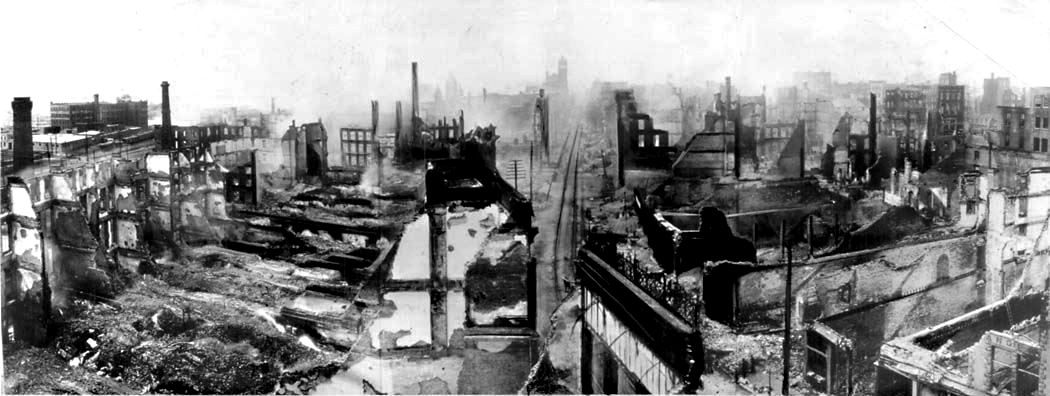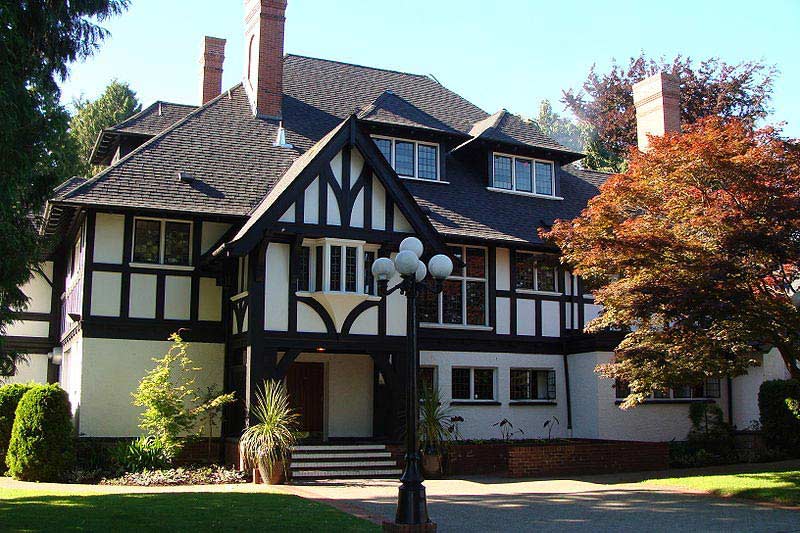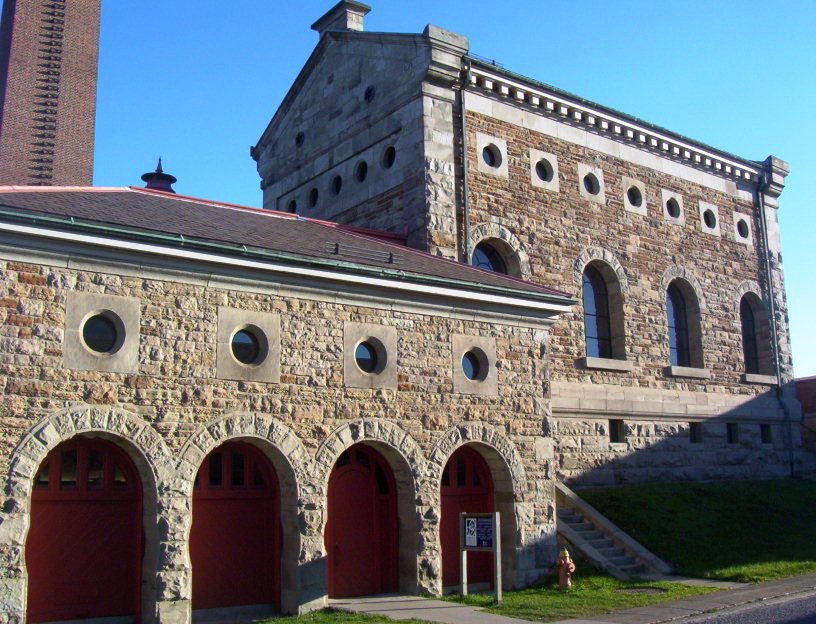
Photo Credit: City of Vancouver, British Columbia
Do you live in a large Canadian centre and get the sense of just how much the urban landscape is changing around you? We are all aware of these changes. However, they may not seem as drastic over an extended period of time. It’s really when we see before and after photos separated by several years that we see just how much things have changed.
The City of Vancouver’s Planning Department embarked on a city wide documentation process in 1978 where photos were taken from major landmarks to document the landscape for future planning purposes. Twenty-five years later, in 2003, these places were revisited and re-photographed to show the changes, this time for educational purposes and for future heritage planning considerations. The change in one generation is astonishing. The Planning Department has now uploaded these pictures for everyone to see.
To view these pictures, click the link below. It will take you to the main page “The Changing City”. Each link will take you to the 1978 picture at the top of the page. Click on the 2003 button and watch the panorama shift from left to right showing you the changes over that time period. Don’t forget to check out the new uploads that will show some changes between 2003 and 2007. Keep in mind that these more recent changes do not take into consideration the development of the False Creek area for the 2010 Olympic Village and venues, nor the condo development along parts of the old Vancouver Indy site.
Please visit The City of Vancouver’s Planning Department Community Services page.
It is a very interesting look into the progression of the urban landscape in Canada and a useful tool for future urban and heritage planning programs.











Recent Comments